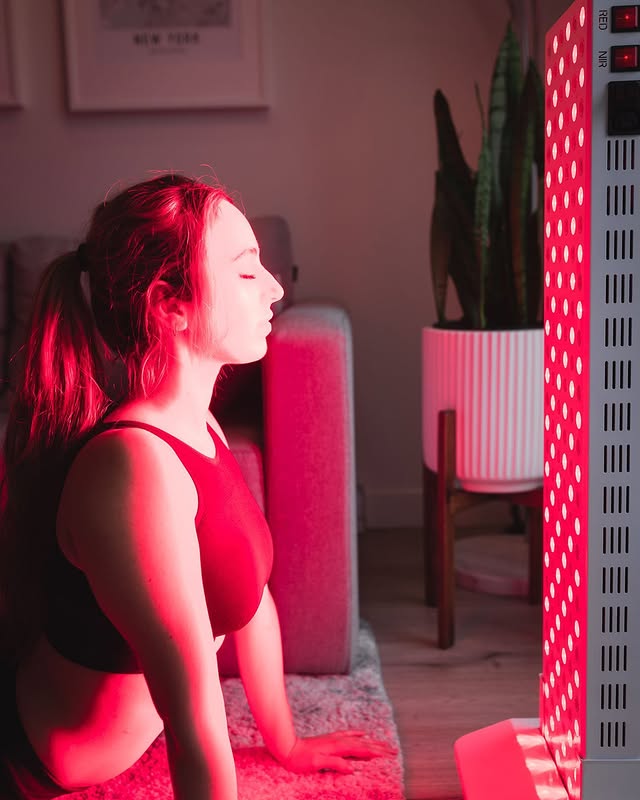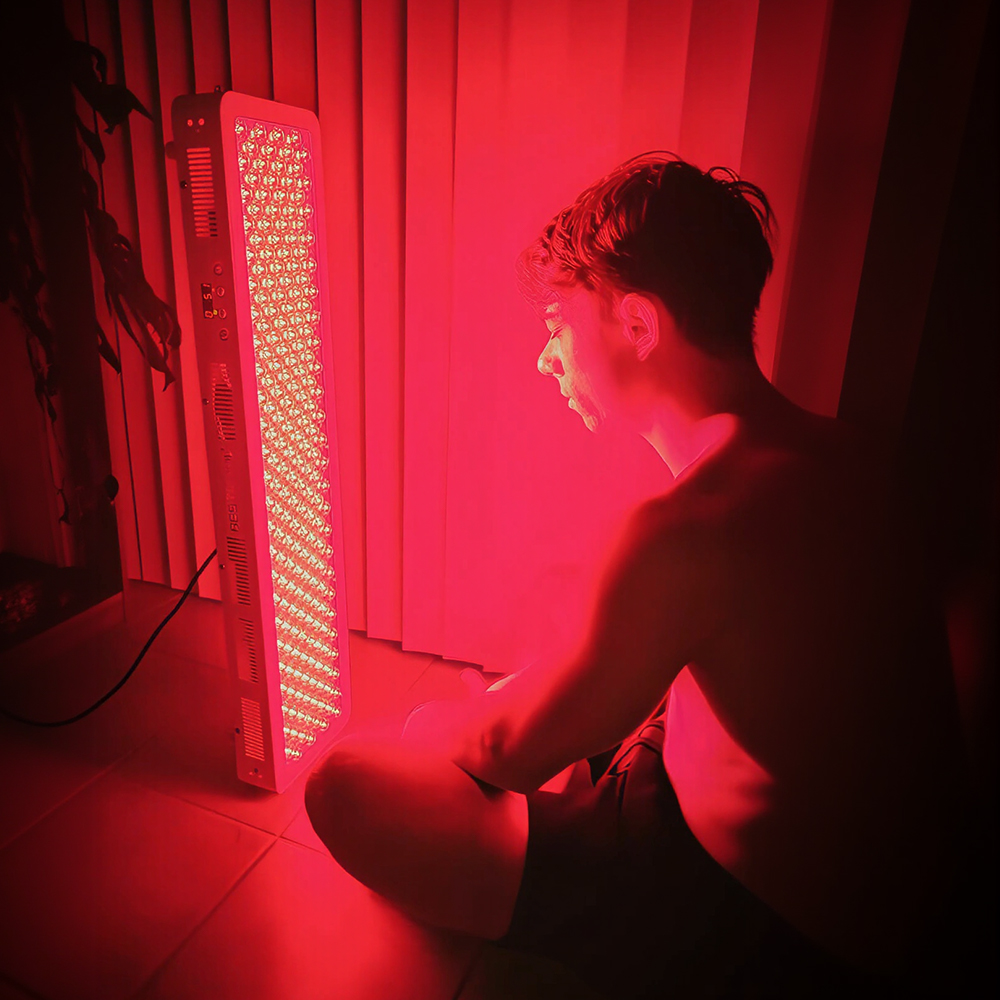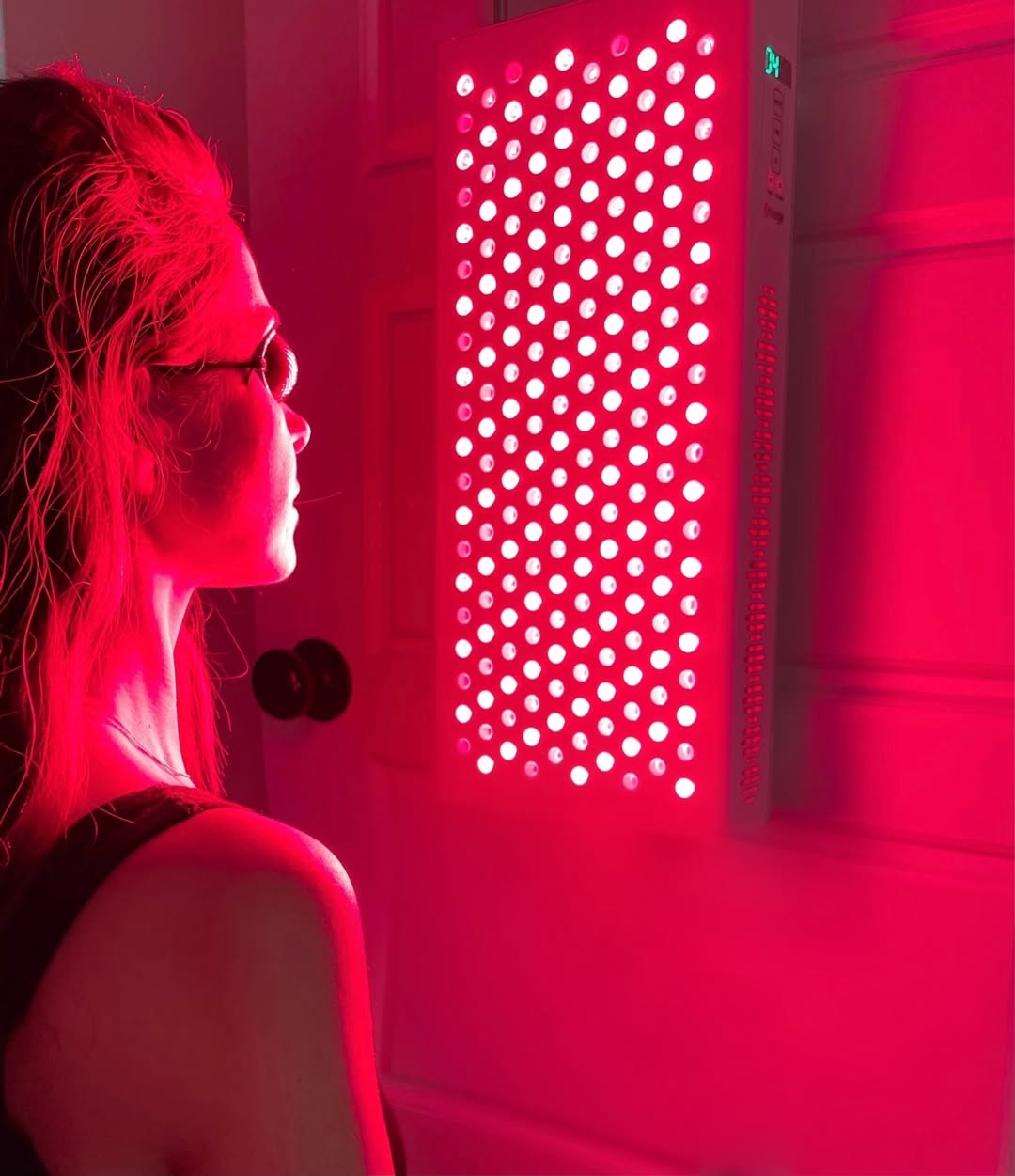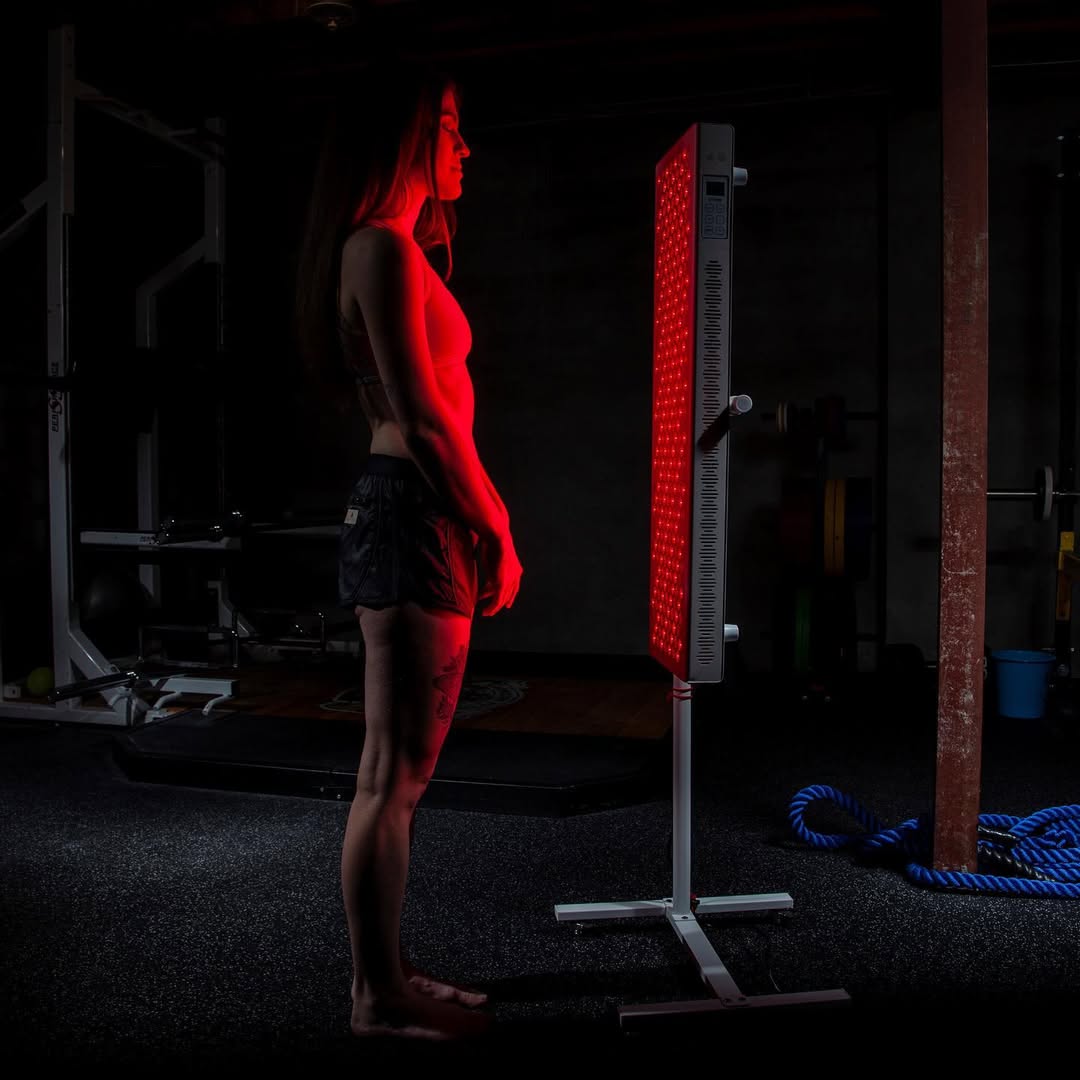![]() Free Shipping
Free Shipping ![]() Buy Now, Pay Later
Buy Now, Pay Later ![]() Eligible
Eligible
Red Light Therapy for Lyme Disease: Managing Symptoms and Enhancing Recovery

Lyme disease, caused by the bacterium Borrelia burgdorferi and transmitted through tick bites, is a complex and often debilitating condition. While antibiotics are the standard treatment, many patients continue to struggle with persistent symptoms such as chronic fatigue, joint pain, neurological issues, and inflammation—a condition known as Post-Treatment Lyme Disease Syndrome (PTLDS).
In the search for alternative and complementary therapies, red light therapy (RLT), also known as low-level laser therapy (LLLT) or photobiomodulation, has emerged as a promising option. This non-invasive treatment uses specific wavelengths of red and near-infrared light to stimulate cellular repair, reduce inflammation, and enhance overall healing.
But can red light therapy really help Lyme disease patients? Let’s explore the science, benefits, and practical applications of this innovative treatment.
Understanding Red Light Therapy
Red light therapy involves exposing the body to low-wavelength red or near-infrared light (typically between 600-850 nm). Unlike UV rays, which can damage the skin, these wavelengths penetrate deep into tissues without causing harm. The light energy is absorbed by mitochondria—the powerhouses of our cells—triggering a cascade of biological effects, including:
- Increased ATP (energy) production – Enhances cellular repair and regeneration.
- Reduced inflammation – Modulates cytokines and oxidative stress.
- Improved blood circulation – Supports detoxification and nutrient delivery.
- Pain relief – Stimulates endorphin release and nerve repair.
Given these mechanisms, it’s no surprise that RLT is being studied for chronic conditions like Lyme disease, where inflammation and mitochondrial dysfunction play key roles.
How Red Light Therapy Can Help Lyme Disease Patients
1. Reducing Inflammation and Autoimmune Reactions
Lyme disease triggers a strong inflammatory response, often leading to joint pain, muscle stiffness, and even neurological inflammation. Red light therapy has been shown to:
- Decrease pro-inflammatory cytokines (like TNF-α and IL-6).
- Increase anti-inflammatory markers (such as IL-10).
- Modulate immune function, potentially preventing excessive autoimmune reactions.
A 2017 study in Lasers in Medical Science found that near-infrared light significantly reduced inflammation in animal models, suggesting similar benefits for Lyme-related inflammation.
2. Enhancing Mitochondrial Function & Energy Levels
Chronic Lyme patients often suffer from severe fatigue due to mitochondrial dysfunction. Since RLT boosts ATP production, it may help restore energy levels. Research in Photomedicine and Laser Surgery (2014) demonstrated that red light therapy improved mitochondrial efficiency in muscle cells, which could translate to reduced fatigue in Lyme patients.
3. Supporting Nerve Regeneration & Cognitive Function
Neurological Lyme can cause brain fog, neuropathy, and even mood disorders. Near-infrared light has neuroprotective effects by:
- Stimulating nerve repair (shown in studies on peripheral neuropathy).
- Increasing brain-derived neurotrophic factor (BDNF), crucial for cognitive function.
- Improving cerebral blood flow, which may alleviate brain fog.
A 2018 study in Behavioural Brain Research found that transcranial near-infrared light improved memory and executive function in mice, hinting at potential cognitive benefits for Lyme patients.
4. Accelerating Tissue Healing & Pain Relief
Many Lyme patients experience joint pain and muscle stiffness, similar to arthritis. RLT has been FDA-approved for temporary pain relief in conditions like osteoarthritis. By reducing oxidative stress and promoting collagen synthesis, it may help alleviate Lyme-related musculoskeletal pain.
5. Boosting Detoxification & Lymphatic Drainage
Lyme disease toxins (from bacteria die-off) can overwhelm the body’s detox pathways. Some practitioners suggest that red light therapy supports lymphatic drainage and liver detoxification, though more research is needed in this area.
How to Use Red Light Therapy for Lyme Disease
1. Choosing the Right Device
- Wavelength: Near-infrared (810-850 nm) penetrates deeper for joint and nerve issues, while red light (630-660 nm) is better for skin and superficial inflammation.
- Power Density: Higher irradiance (mW/cm²) means shorter treatment times.
- Panel vs. Handheld: Full-body panels are ideal for systemic benefits, while handheld devices target specific areas.
2. Treatment Protocol
- Frequency: 3-5 sessions per week (daily use is safe but may not be necessary).
- Duration: 10-20 minutes per area (longer for deeper tissues).
- Distance: 6-12 inches from the skin, depending on device strength.
3. Combining with Other Therapies
For best results, RLT can be paired with:
- Hyperbaric oxygen therapy (HBOT) – Enhances oxygen delivery.
- Infrared saunas – Supports detoxification.
- Antimicrobial herbs (e.g., Japanese knotweed, cat’s claw) – Targets lingering infections.
VELLGUS Elite V2
THE #1 RATED RED LIGHT DEVICE
VELLGUS pro V2
THE #1 RATED FULL BODY RED LIGHT DEVICE
Patient Experiences & Clinical Evidence
While large-scale clinical trials on RLT for Lyme disease are limited, anecdotal reports are promising. Many patients report:
✔ Reduced joint pain and stiffness
✔ Improved energy and sleep quality
✔ Faster recovery from herxheimer (die-off) reactions
✔ Enhanced mental clarity
Dr. Dietrich Klinghardt, a leading Lyme specialist, incorporates red light therapy into his protocols, noting its benefits for neuroinflammation and immune modulation.
Potential Limitations & Considerations
- Not a standalone cure: Should complement antibiotics or other Lyme treatments.
- Temporary worsening of symptoms: Some experience a “healing crisis” as toxins are released.
- Cost: High-quality devices can be expensive, though clinics offer sessions.
Final Thoughts: Is Red Light Therapy Worth Trying?
For Lyme disease patients battling persistent symptoms, red light therapy offers a safe, non-invasive, and scientifically backed option to reduce inflammation, boost energy, and support recovery. While it’s not a magic bullet, its ability to enhance cellular repair makes it a valuable tool in a comprehensive Lyme treatment plan.
Have you tried red light therapy for Lyme disease? Share your experiences in the comments—we’d love to hear your story!
References & Further Reading:
- Hamblin, M. R. (2017). Mechanisms and applications of the anti-inflammatory effects of photobiomodulation. Lasers in Medical Science.
- Salehpour, F., et al. (2018). Brain Photobiomodulation Therapy: a Narrative Review. Behavioural Brain Research.
- Ferraresi, C., et al. (2014). Low-level laser (light) therapy increases mitochondrial membrane potential and ATP synthesis in muscle cells. Photomedicine and Laser Surgery.








